Photography
Everything You Need to Know About Macro Photography
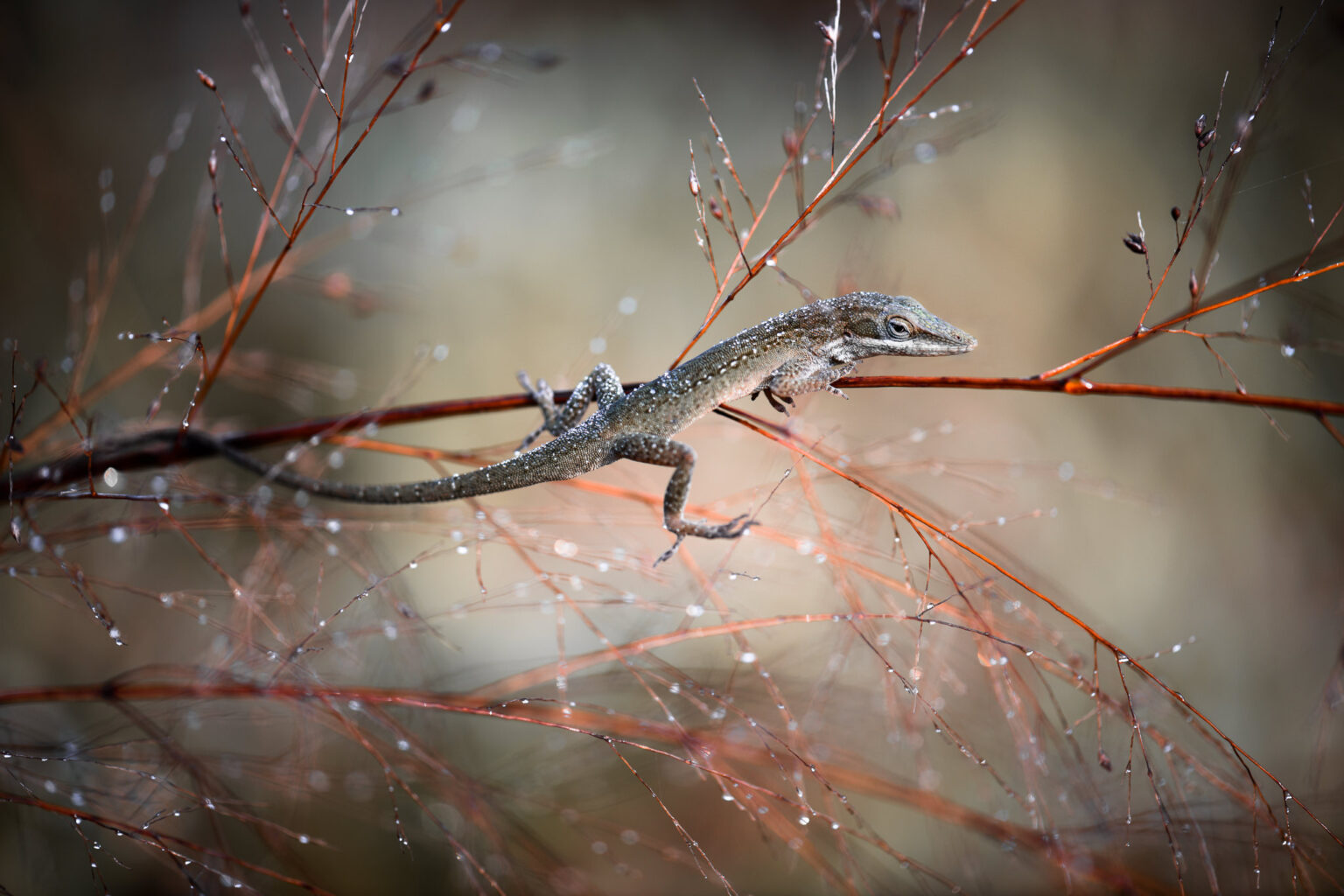
In today’s world of digital photography, macro photography is one of the most popular and demanded genres. Macro photography is close-up photography that captures objects at a magnification of 1x or less. These pictures typically show intricate detail and often show features that are too small or difficult to see at a normal viewing size. However, with enough practice, macro photography is possible for anyone with an iPhone or DSLR camera. In this article, we will cover everything you need to know about macro photography so that you can start taking stunning images like a pro.
What Is Macro Photography?
Macro photography is a type of photography that captures images at a magnification of 1x or less. This means that instead of taking photos that are usually viewed at 100%, 500%, or even 1000% zoom levels, images captured with macro equipment are taken at 1x or lower magnification levels. When done correctly, macros can show intricate detail and often show features that are too small or difficult to see at normal viewing sizes.
How Do I Take Good Macro Photos?
There are a few key steps that you’ll need to take in order to capture great Macro photos. First, you’ll need to determine what kind of lens is best suited for macro shooting. Some lenses are specifically designed for this type of shooting while others can be modified to work well in this category. Next, you’ll need to find your subject and frame the shot correctly. Image placement is very important when taking macros due to the small size of the subject catalog. Finally, patience and practice will be needed in order to perfect your technique and produce truly stunning images!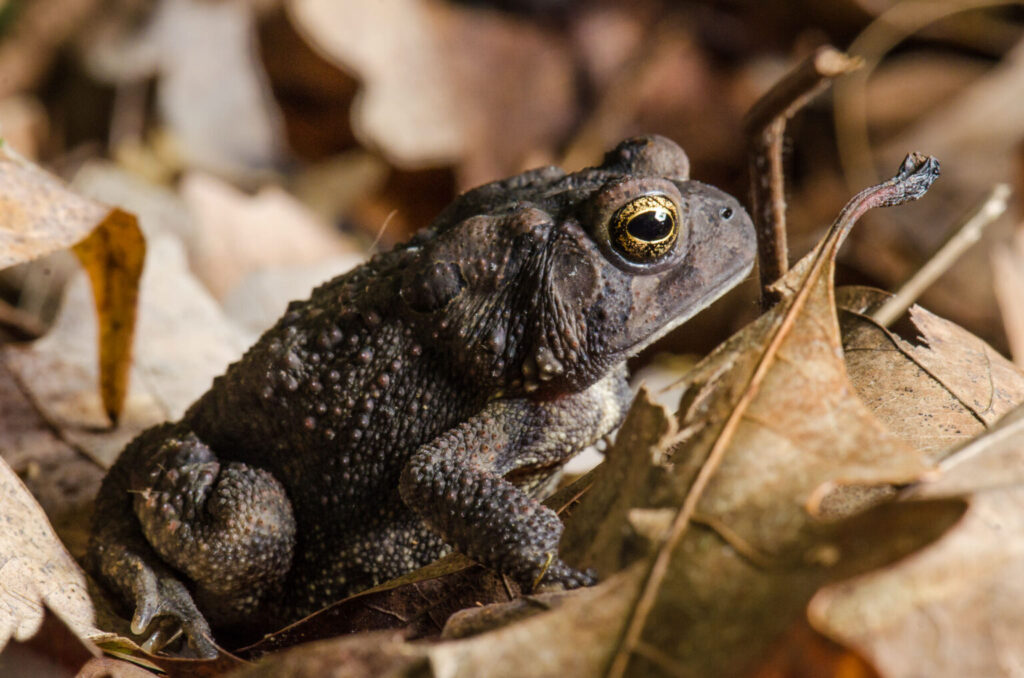
What Are Some Common Uses For Macro Photography?
Some common uses for macro photography include teaching science concepts to children, capturing beautiful flowers from a distance, photographing delicate jewelry items, and capturing insects on leaf surfaces. With the right settings and technique, there’s no stopping you from creating amazing shots with your iPhone or DSLR camera!
Every photographer needs to know about macro photography, it’s the only way to get truly detailed and intimate shots of plants, flowers, and other small objects. Macro photography can be used for many purposes such as capturing tiny details of plants, flowers, and insects. To get amazing macro photos you need to have a few key things in your arsenal including a good camera and lens, a tripod, and a light source. Here are more tips on getting started with macro photography: 1. Choose the Right Camera for Macro Photography.
The best camera for macro photography is one with a wide-angle lens. This allows you to get close enough to your subject without taking unwanted invasive shots. You can also opt for a zoom lens if you want to get really close to your subject. 2. Use Manual Settings for Greater Contro.
When using manual settings you are able to set the aperture and shutter speed yourself which will give you greater control over your photos. This will allow you to capture the exact moment that you want without having to worry about camera shakes or blurry photos. 3. Use a Tripod for Immaculate Photos.
A tripod is essential when shooting macros because it minimizes camera shake and keeps your photostable so that you can capture the exact detail that you want. 4. Use a Good Lens for Better Detail
If you’re serious about macro photography, then you need to be familiar with everything that goes into it. In this article, we’ll cover the different types of photography that can be done using macros, as well as explain how to set up your camera for optimal performance. We’ll also give you a list of the best macro photography gear to buy, so you can start capturing stunning photos right away!
In an ever-changing landscape of technology and photography, macro photography has been one of the most consistent ways to capture amazing images. With a lens that closely replicates the human size, macro photography allows you to capture delicate details and exquisite colors in objects that would be too difficult to reach with a standard lens. Knowing the fundamentals of macro photography can help make your photos look their best.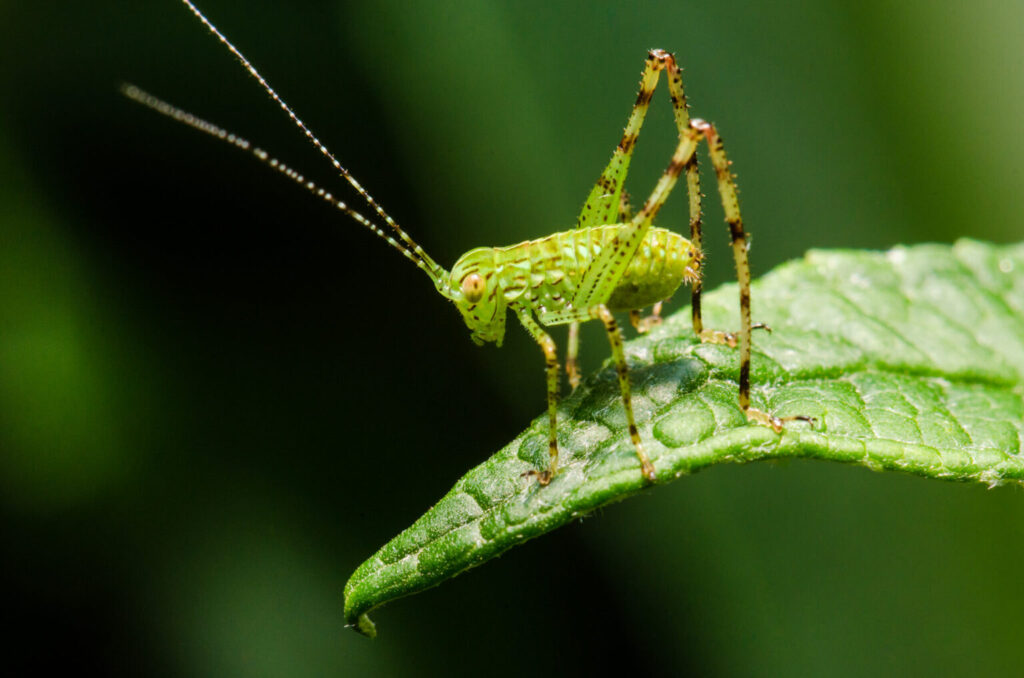
What is Macro Photography?
Macro photography refers to using a lens that closely replicates human size for capturing images of small objects. By taking advantage of this scale, you can capture intricate details and delicate colors in objects that would be too difficult to reach with a standard lens.
How Can Macro Photography Improve My Images?
One of the main benefits of macro photography is that it allows you to capture detailed images of small objects. By focusing on specific aspects of an object, you can create stunning photos that would not be possible with a regular lens. Additionally, by capturing multiple Sarasota Sarasotans photos while shooting macros, you can create beautiful composites that highlight the nuances and beauty in each subject matter. 
What are macro photography and close-up photography?
Macro photography is a type of photography that captures Detail shots of objects that are at a much larger scale than normal focal lengths allow. Close-up photography is a sub-genre of macro photography that captures images of small items such as flowers, insects, and jewelry.
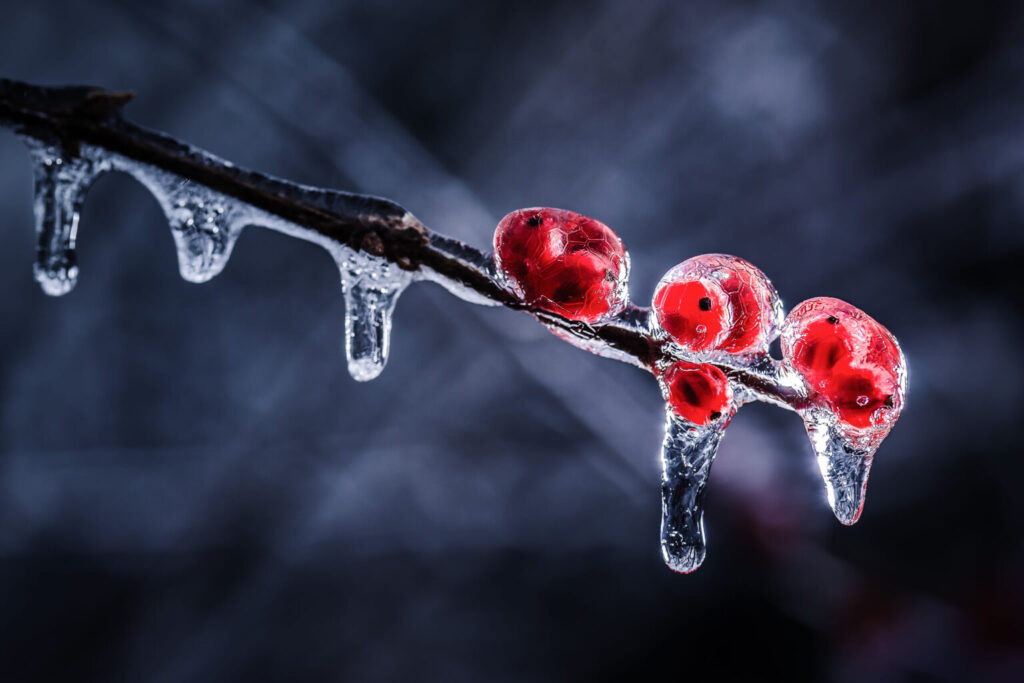
How do macro photography and close-up photography differ?
Macro Photography generally demands a longer focal length (typically around 150mm) in order to achieve the desired detail. Close-up Photography, on the other hand, typically requires equipment like Macro lenses and magnification to capture images at these small scales.
What are some benefits of using macro or close-up photography?
There are a variety of benefits to using macro or close-up photography, including the ability to capture stunning detail shots of beautiful objects, increased understanding and appreciation for the intricate details within nature, and an increased ability to capture stunning photos of miniature pieces.
How should I approach taking macro or close-up photos?
Macro or close-up photos can be approached in a number of different ways – think about what types of shots you want to take, and what conditions will be optimal for achieving those shots, and then get out there and shoot! Remember – patience is key when shooting with macro or close-up equipment – it can take some time to get the results you’re looking for!
In this article, we are going to be discussing everything you need to know about macro photography, starting with what it is and how it’s used. We will also discuss some key factors to consider when planning your macro photography shots and give some tips on how to take great photos. Finally, we will provide a comprehensive guide to the best organic gardening supplies for macro photography.
What is Macro Photography?
Macro photography is a type of photography that uses a wide-angle lens to capture small objects in a close frame. This type of photography can be used to create stunning images of details on plants, flowers, insects, and other small organisms. Macro photography can be used for both personal use and professional purposes.
How is Macro Photography Used?
Macro photography can be used to create detailed images of plants and flowers. It can also be used to capture amazing images of small insects and other organisms. Macro photographers use these images to illustrate scientific concepts or to capture unique details that would otherwise be difficult or impossible to see in detail.
Key Factors When Planning Your Shots for Macro Photography
When planning your shots for macro photography, there are a few key factors you’ll want to keep in mind. First, you’ll want to make sure the Subject is Tightly Held Still. If the Subject Moves While You’re Taking the Photo, the Image Will Come Out With Lots of Noise. This is especially important when taking close-up images of delicate plants or bugs.
Second, You’ll Need A Clean Camera. Many CAMERAS Offers Excellent Macro Capabilities, but They’re Not Always Optimized for This Style Of Shooting. Make Sure To Check Your Camera’s Specifications To Determine If It Suits Your Needs For Microphotography (Modes Like “Live View” And ” twilight Shooting”).
Third, Plan Ahead For Lighting. Indoors, Generally, There Are Few Options But Portable Fluorescents Can Be Useful For Some Highlights. Outdoors, You May Want To Consider The Different Types Of Light Available – The Sun Is A Good Option if There’s Access To It, But Artificial Lights (LikeACLamps) Can Be Creative Too.
Fourth, Use Manual Focus When Necessary. Because Small Subjects Sit so Close To The Lens, AF Can Struggle–Especially With Vibrant Colors. Focusing On The Area In Front Of The Lens Will Result In Sharper Photos Than Anywhere Else On The Frame。
Comprehensive Guide of the Best Organic Gardening Supplies for Macro Photography
highlighting the importance of each macronutrient and how they contribute to the growth of your cannabis plants.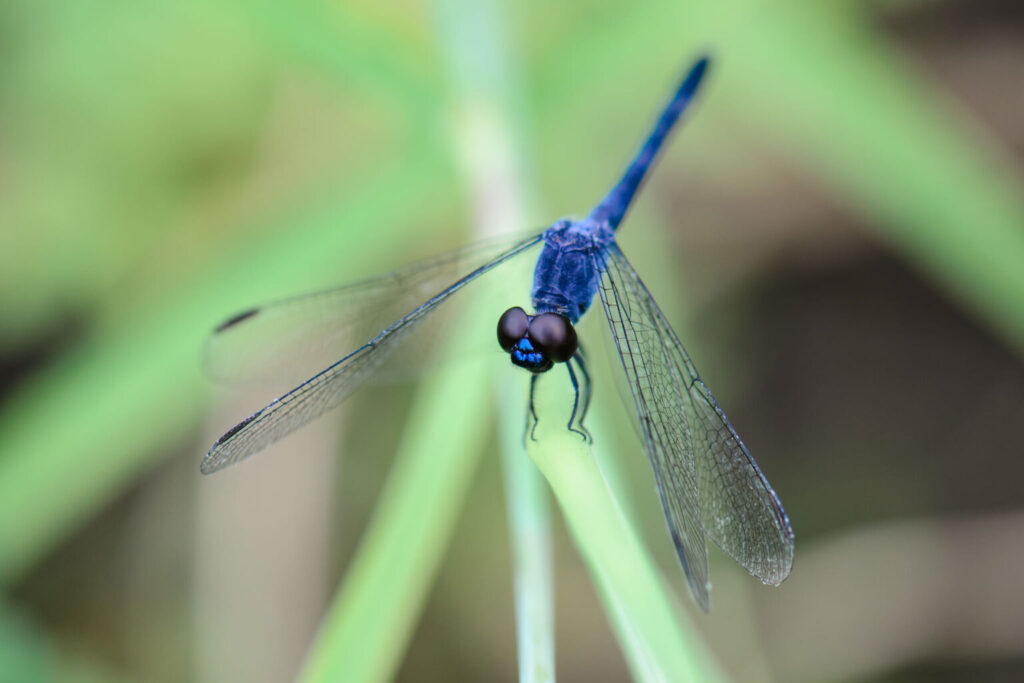
Phosphorus
Phosphorus is a vital macronutrient for all stages of plant life and is especially important in early development. Phosphorus helps promote the growth of roots, shoots, leaves, flowers, and fruits. It is also essential for the healthy function of DNA and nerve cells. A lack of phosphorus can lead to stunted growth, chlorosis (a yellowing of leaves due to lack of available nutrients), and poor coloration.
Potassium
Potassium is another essential macronutrient for cannabis plants that need it in all stages of life. Potassium is involved in many processes within the plant including photosynthesis, metabolism, and nutrient uptake. During periods of drought, it improves the resistance of plants and is the main component of the strength of plant tissues.
Calcium
Calcium is one of the essential secondary macronutrients for cannabis plants and plays a crucial role in many aspects of their health and growth. Calcium helps shifts nutrients around the plant and assists in absorption by other plant parts. Deficiencies can lead to problems with root ball formation, altered cell structure, increased susceptibility to disease, and chlorosis (yellowing of leaves due to lack of available nutrients).
Magnesium
Magnesium is an important secondary macronutrient that has a major impact on light absorption by plants as well as creating sugars & carbohydrates from food sources. Magnesium also plays a crucial role in energy production through light conversion into ATP. Some important organic sources of magnesium include dolomite lime and Epsom salts
Liquid Nutrients
Liquid fertilizers are a convenient option for weed plants because they are delivered directly to the root system via drip lines or misters. They can be used indoors or outdoors with little impact on surrounding soil or plants















